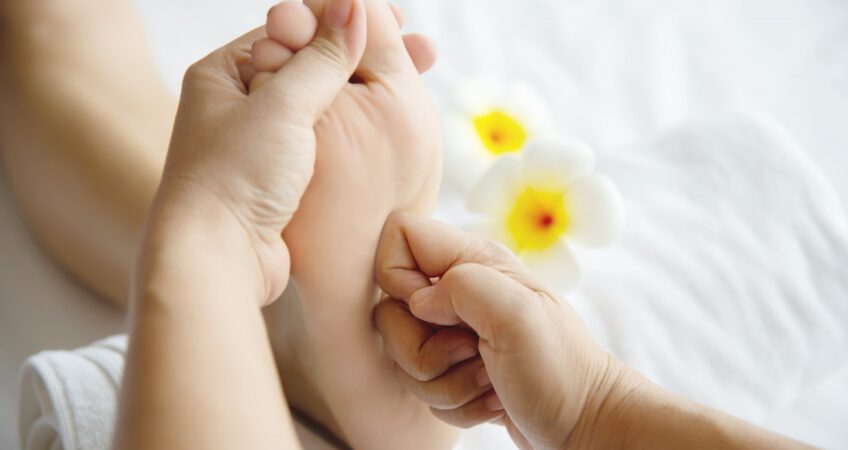Panchakarma, an ancient Ayurvedic practice, encompasses five essential steps for detoxification. panchakarma treatment in hyderabad aims to provide a comprehensive understanding of the process, focusing on its preparatory measures (Purva Karma), main treatment (Pradhana Karma), post-treatment measures (Pashchat Karma), nourishment during Panchakarma (Aahar – Diet), and maintaining balance after Panchakarma (Vihara – Lifestyle).
By adopting an objective and impersonal approach, this article seeks to inform readers about the holistic benefits of Panchakarma in a knowledgeable and informative manner.
Step 1: Purva Karma – Preparatory Measures
The first step of panchakarma, known as Purva Karma, involves the implementation of preparatory measures before undergoing the detoxification process. This step is of utmost importance as it helps to prepare the body and mind for the subsequent stages of panchakarma.
Preparing for panchakarma begins with consultation and assessment by an experienced Ayurvedic practitioner who determines the appropriate treatment plan based on individual needs. The preparatory measures may include dietary modifications, ayurvedic medicines, and specific lifestyle recommendations to eliminate toxins from the body.
Ayurvedic detox treatment in hyderabad aim to strengthen digestion, improve metabolism, and facilitate the elimination of accumulated toxins effectively during panchakarma. By focusing on purifying and preparing the body beforehand, Purva Karma sets a solid foundation for a successful detoxification process in panchakarma therapy.
Step 2: Pradhana Karma – Main Treatment
Pradhana Karma, the second step of panchakarma, involves the application of the main treatment in Ayurvedic detoxification. This step focuses on eliminating toxins from the body using various procedures. The pradhana karma procedures include Vamana (therapeutic vomiting), Virechana (purgation therapy), Basti (medicated enemas), Nasya (nasal medication), and Raktamokshana (bloodletting). These procedures are chosen based on an individual’s dosha imbalance and specific health issues.
The benefits of pradhana karma are numerous. Firstly, it helps in removing accumulated ama (toxins) from the body, which is considered to be the root cause of many diseases according to Ayurveda. Secondly, it helps in balancing the doshas and restoring their natural equilibrium. Additionally, pradhana karma enhances digestion and metabolism, improves overall immunity, rejuvenates tissues, promotes mental clarity, and provides deep relaxation.
Step 3: Pashchat Karma – Post-treatment Measures
Pashchat Karma, the third step of the Ayurvedic detoxification process, involves implementing post-treatment measures to support the body’s healing and restoration.
It is essential to prioritize self-care during this phase as it plays a crucial role in optimizing the benefits obtained from Panchakarma. Engaging in self-care activities helps maintain balance and harmony within the body, mind, and spirit.
It is recommended to follow a nourishing diet that includes fresh fruits, vegetables, whole grains, inorder to aid in gentle cleansing and rejuvenation. Adequate sleep, regular exercise, meditation, and yoga are also beneficial for promoting overall well-being.
These practices contribute to an enhanced sense of belonging within oneself by fostering self-awareness and nurturing one’s own health needs.
Step 4: Aahar (Diet) – Nourishment During Panchakarma
During the phase of Aahar (Diet) in the Panchakarma process, nourishing food choices are recommended to support the body’s healing and rejuvenation. The Panchakarma diet plays a crucial role in facilitating detoxification and restoring balance within the body.
Ayurvedic food recommendations focus on incorporating fresh, whole foods that are easy to digest and promote optimal nutrition. It is advised to consume organic fruits and vegetables, as they are free from harmful pesticides and chemicals. Additionally, incorporating herbs and spices such as turmeric, ginger, and cumin can enhance digestion and strengthen immunity.
Whole grains like brown rice, and oats provide sustained energy while supporting elimination of toxins. Adequate hydration through warm water is also emphasized during this phase.
Following these Panchakarma diet tips ensures proper nourishment for a successful detoxification process and overall well-being.
Step 5: Vihara (Lifestyle) – Maintaining Balance After Panchakarma
Vihara, or lifestyle, is an essential aspect to consider after undergoing the Panchakarma process in order to maintain balance and sustain the benefits achieved. Maintaining a healthy lifestyle is crucial for overall well-being and can greatly enhance the effectiveness of Panchakarma. NABH Ayurvedic Panchakarma clinic in hyderabad emphasize the importance of self-care and adopting specific lifestyle practices to support optimal health.
Following Panchakarma, it is recommended to continue Ayurvedic lifestyle practices into daily routines. This includes adhering to a regular sleep schedule, engaging in physical activities suitable for one’s constitution, practicing stress management techniques such as meditation or yoga, and consuming a balanced diet based on individual dosha (body type).



